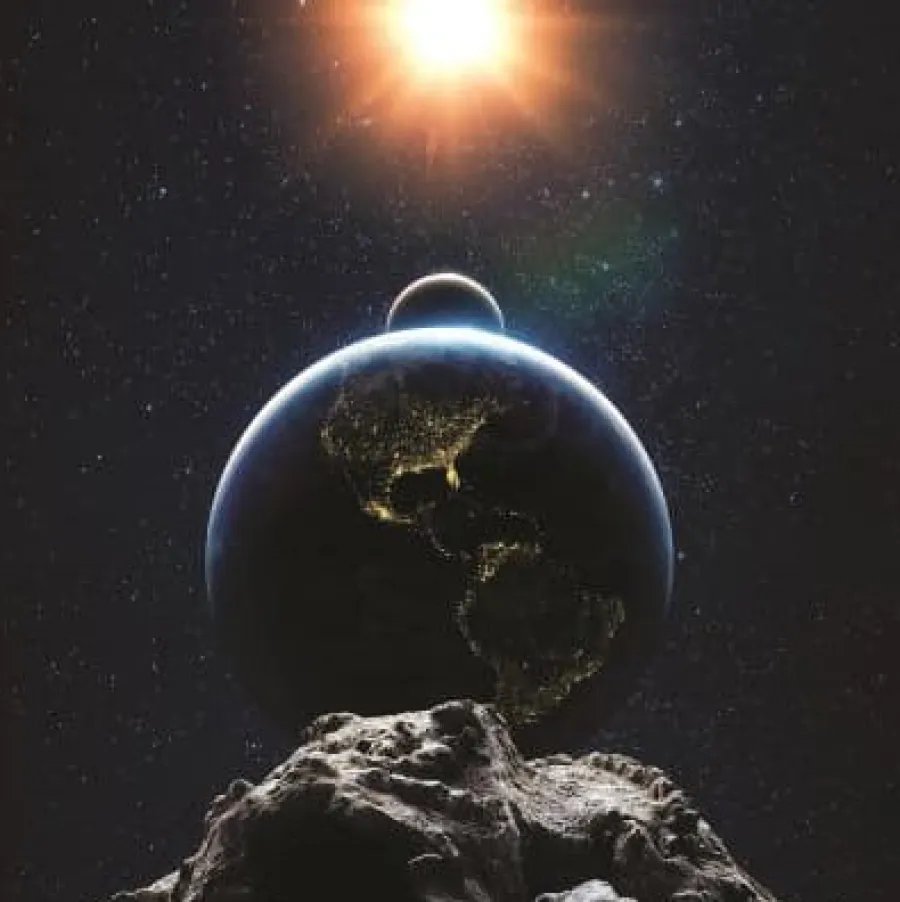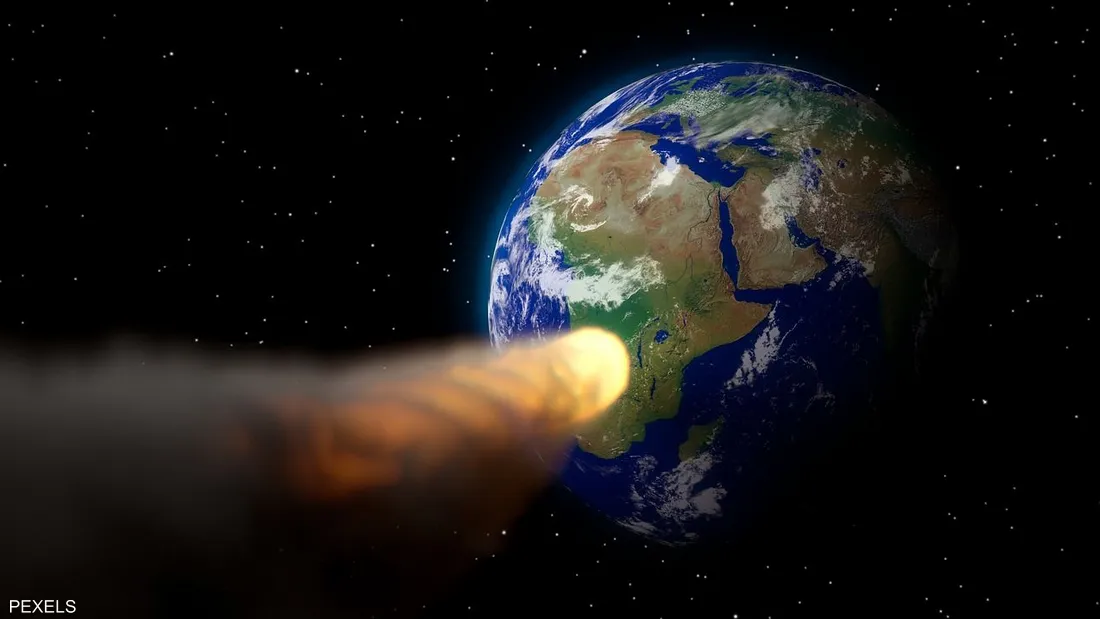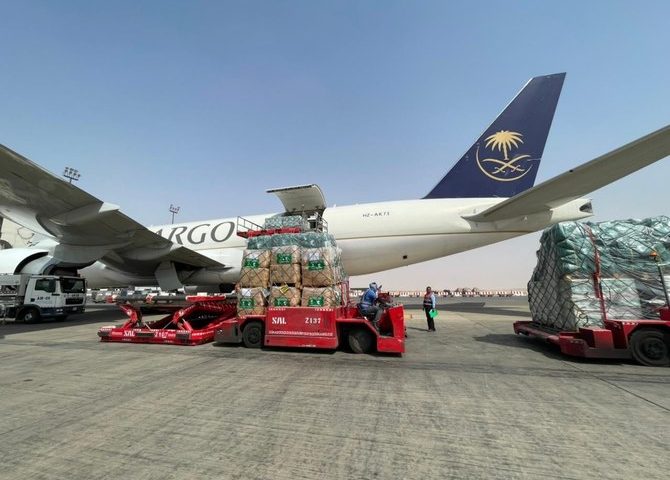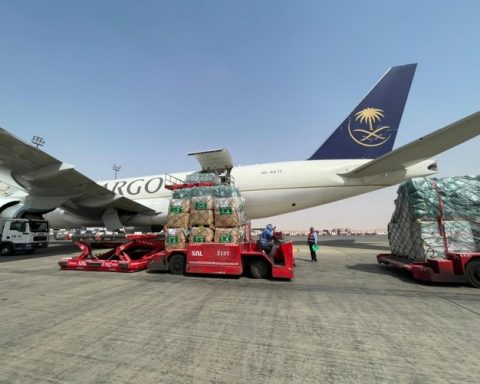NASA has activated an emergency response to closely monitor asteroid 2024 YR4, which has a 2.3% chance of colliding with Earth on December 22, 2032.
This announcement was made by Majed Abu Zahra, President of the Jeddah Astronomical Society, amid the ongoing full moon observation period in Saudi Arabia and across the Arab world.
NASA’s Surveillance of Asteroid 2024 YR4
The asteroid, estimated to be between 40 to 90 meters in diameter, is under intense observation using the James Webb Space Telescope, renowned for its infrared capabilities that allow precise measurement of the asteroid’s size, composition, and trajectory.
NASA has scheduled further observations in March and May 2025 to refine its orbital path and reassess the collision probability. The agency is also coordinating with global space agencies, including the European Space Agency (ESA), to share data and develop potential mitigation strategies.

NASA’s Plan to Counter the Asteroid Threat
If necessary, NASA has three primary strategies to deflect the asteroid and prevent a possible impact:
Kinetic Impact – Deploying a spacecraft to crash into the asteroid and alter its trajectory.
Nuclear Deflection – Using a nuclear explosion near the asteroid to shift its path (considered a last resort due to potential risks).
Gravity Tractor – Placing a spacecraft near the asteroid to gradually alter its course through gravitational influence.
Should We Be Concerned?
Although NASA estimates that the asteroid has a 97.7% chance of missing Earth, the 2.3% impact probability remains unusually high for Near-Earth Objects (NEOs).
This uncertainty has prompted NASA to prioritize monitoring and readiness, utilizing advanced instruments like the James Webb Space Telescope, typically reserved for exceptional cases.
While the likelihood of impact remains low, NASA and international space agencies are not taking any risks, ensuring that Earth is well-prepared to respond to any potential asteroid threat.

















